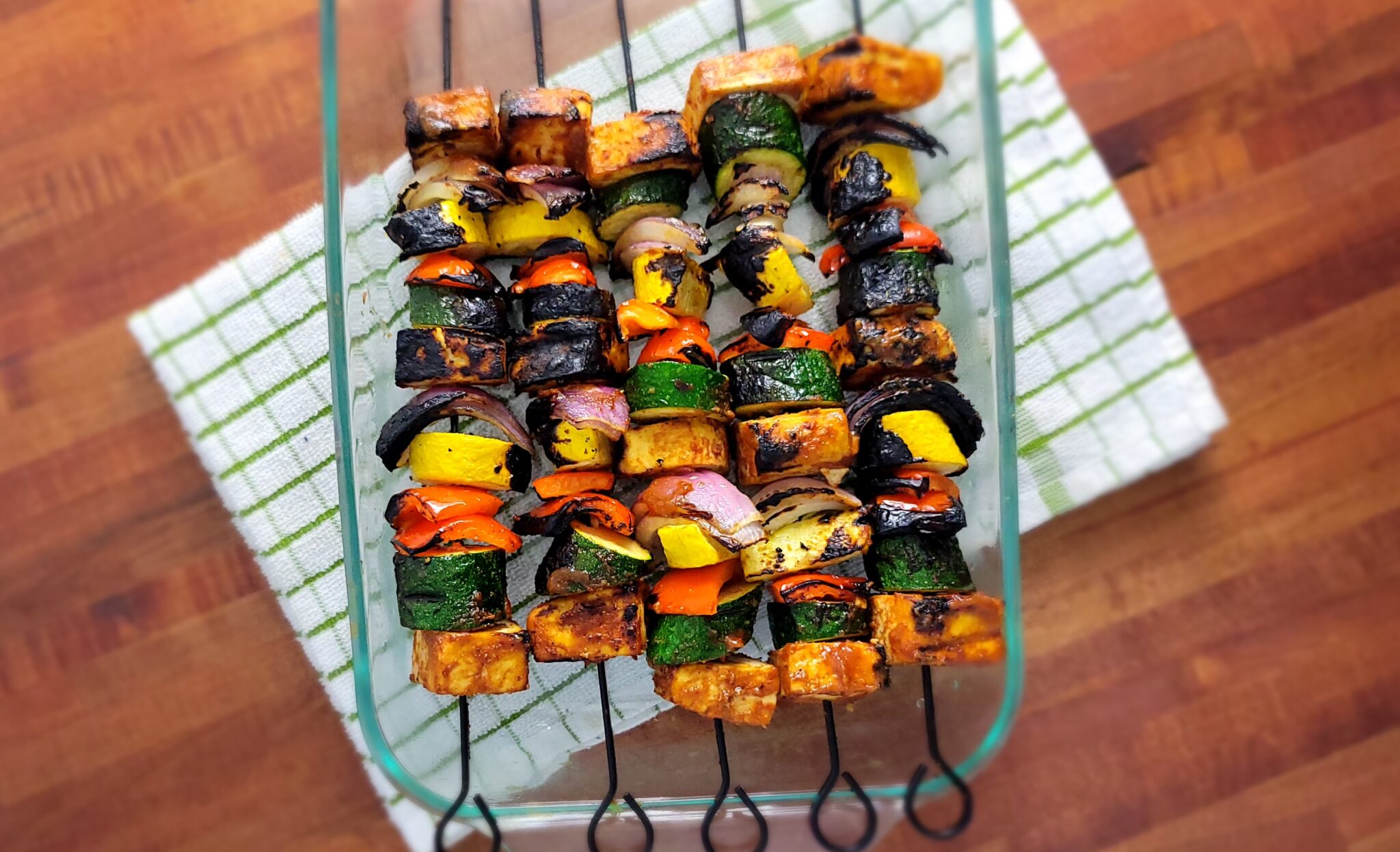High Potassium Foods List
With kidney disease, you will need to limit the amount of potassium you eat. It is crucial to be cautious of high-potassium foods as you reach the later stages of kidney disease (stages 4-5). In stages 4-5 of kidney disease, your body cannot remove potassium as well from your body, and it can build up in your body, causing heart-related complications. This article will provide you with the most common high potassium foods to avoid with CKD to better manage your potassium levels. [1]
Tropical Fruits
Most tropical fruits like bananas should be eaten cautiously as they tend to have high amounts of potassium, with just a small portion. Aim to reduce portions of these fruits or choose lower-potassium fruits like apples, pears, or berries. [2,3]
- Mangos
- Avocados
- Oranges
- Papaya
Dark Leafy Greens
Dark-colored greens are excellent sources of potassium. Substituting dark leafy greens for lower potassium greens like arugula or butter lettuce will help reduce your potassium levels if you eat dark-colored greens regularly. [2,3]
- Swiss chard
- Collard greens
- Spinach
Tomatoes and Potatoes
Tomatoes and potatoes are the most common foods that are high in potassium. These include all types of potatoes and tomatoes. Both tomatoes and potatoes are very versatile and in many dishes. Try to practice awareness around how much you are eating and how often. Explore other low-potassium vegetables or dishes you could eat more often, such as pesto instead of tomato sauce. [2,3]
- Red tomatoes
- Green tomatoes
- White potatoes
- Sweet potatoes
- Yams
Dried Fruit
Dried fruits have even more concentrated amounts of potassium than fresh fruits. Dried fruits are found in many cereals, granolas, or trail mixes, so minimizing portions or enjoying fresh fruit can make a difference in managing your potassium. [2,3]
- Raisins
- Dried mango
- Dried apricots
- Dried prunes
Asian Fruits and Vegetables
If you enjoy eating Asian dishes, it’s essential to be aware of these staple fruits and vegetables that are high in potassium listed below. Try substituting another low-potassium Asian fruit or vegetable like napa cabbage, Chinese broccoli, or lychee. There may be other Asian foods that have more potassium, so be sure to check with your dietitian for more recommendations. [2,3]
- Lotus root
- Bitter melon
- Bok choy
- Bean sprouts
- Durian
Beverages
Juices and other beverages can also be a source of potassium. Listed are some of the most common beverages that have potassium. Pay particular attention to sports drinks as they are intended to replenish your body with sodium and potassium in large quantities. [2,3]
- Tropical fruit juices like orange juice
- Coconut water
- Sports drinks
- Energy drinks with added electrolytes
- Cow’s Milk
Dairy products are certainly apart of the high potassium foods to avoid. Reducing your intake or choosing a dairy alternative can help to reduce your potassium if you eat dairy products. There are now many dairy alternative products in the grocery store. Read the food label and aim for 200mg or less of potassium per serving. [2,3]
- Cow’s Milk
- Yogurt
- Cream
These are some of the most common foods high in potassium that you should know about if you have kidney disease. You can enjoy high-potassium foods occasionally but more in small quantities. Other foods are not listed here that can be high in potassium. If you are still trying to decide if a food is appropriate for you, ask your doctor or dietitian to see what is best for your health.
For a more in-depth discussion on potassium, check out our Low Potassium Diet Guide.
References
- National Institute of Diabetes and Digestive and Kidney Diseases. https://www.niddk.nih.gov/health-information/kidney-disease/chronic-kidney-disease-ckd/eating-nutrition
- Harvard T.H. Chan School of Public Health. (2023, March 7). Potassium. The Nutrition Source. https://www.hsph.harvard.edu/nutritionsource/potassium/
- US Department of agriculture. (n.d.). FoodData Central Search Results. FoodData Central. https://fdc.nal.usda.gov/fdc-app.html#/

